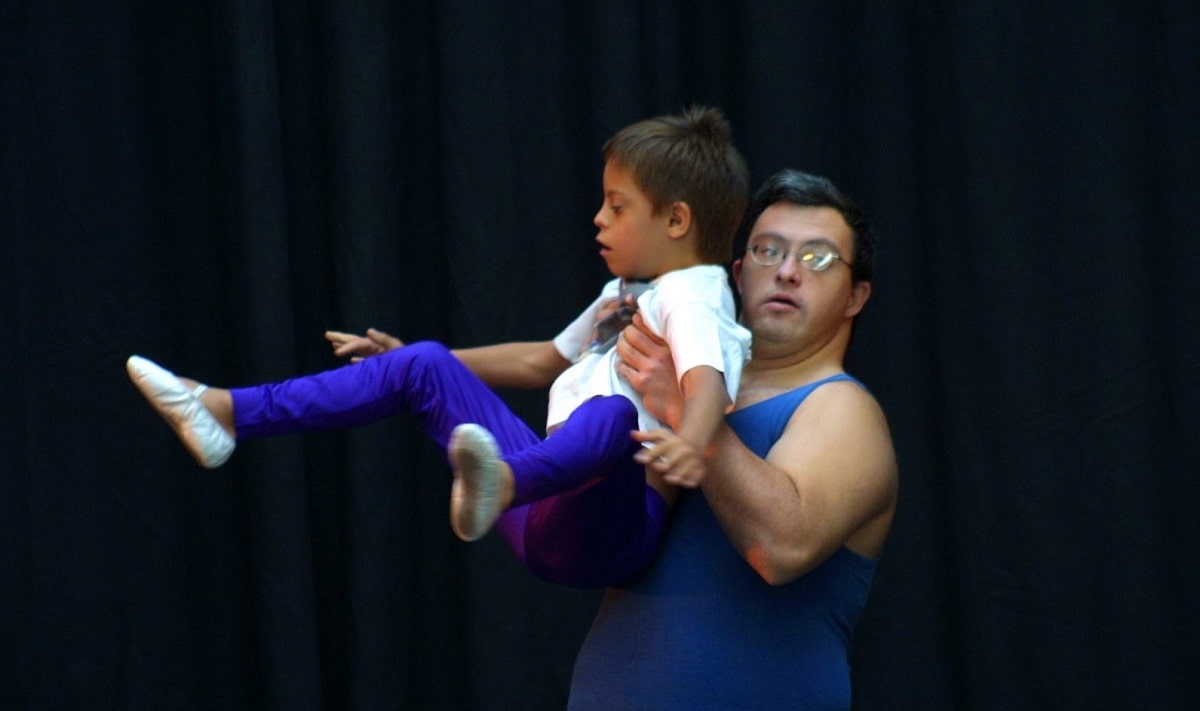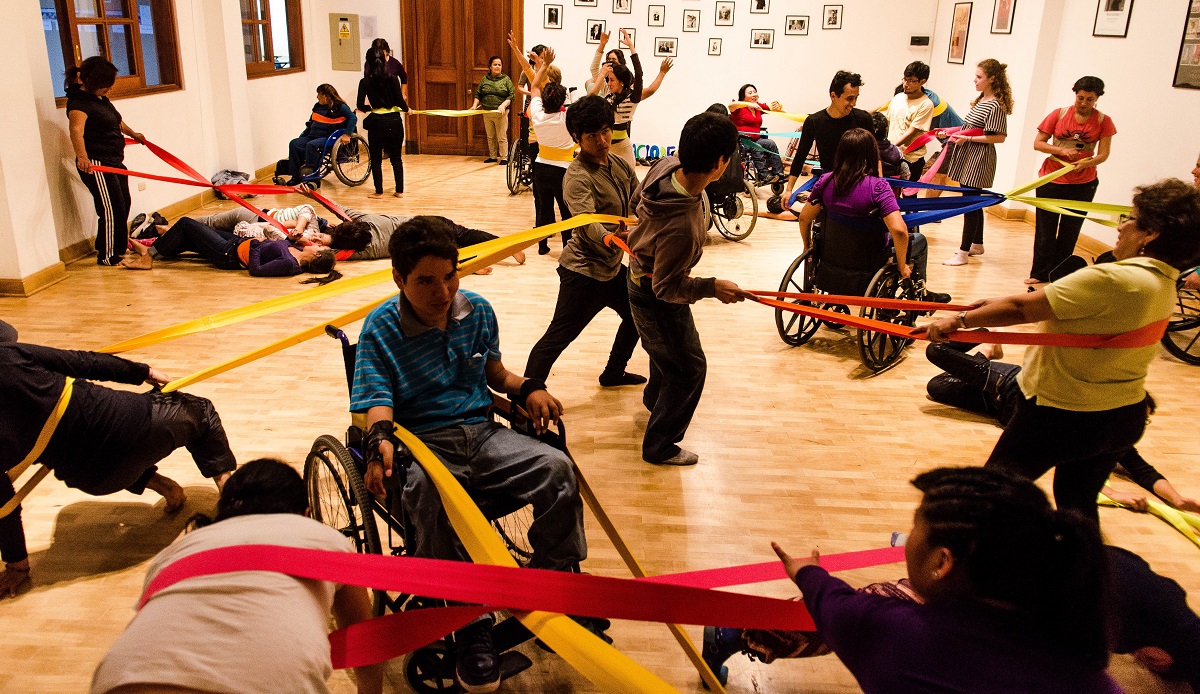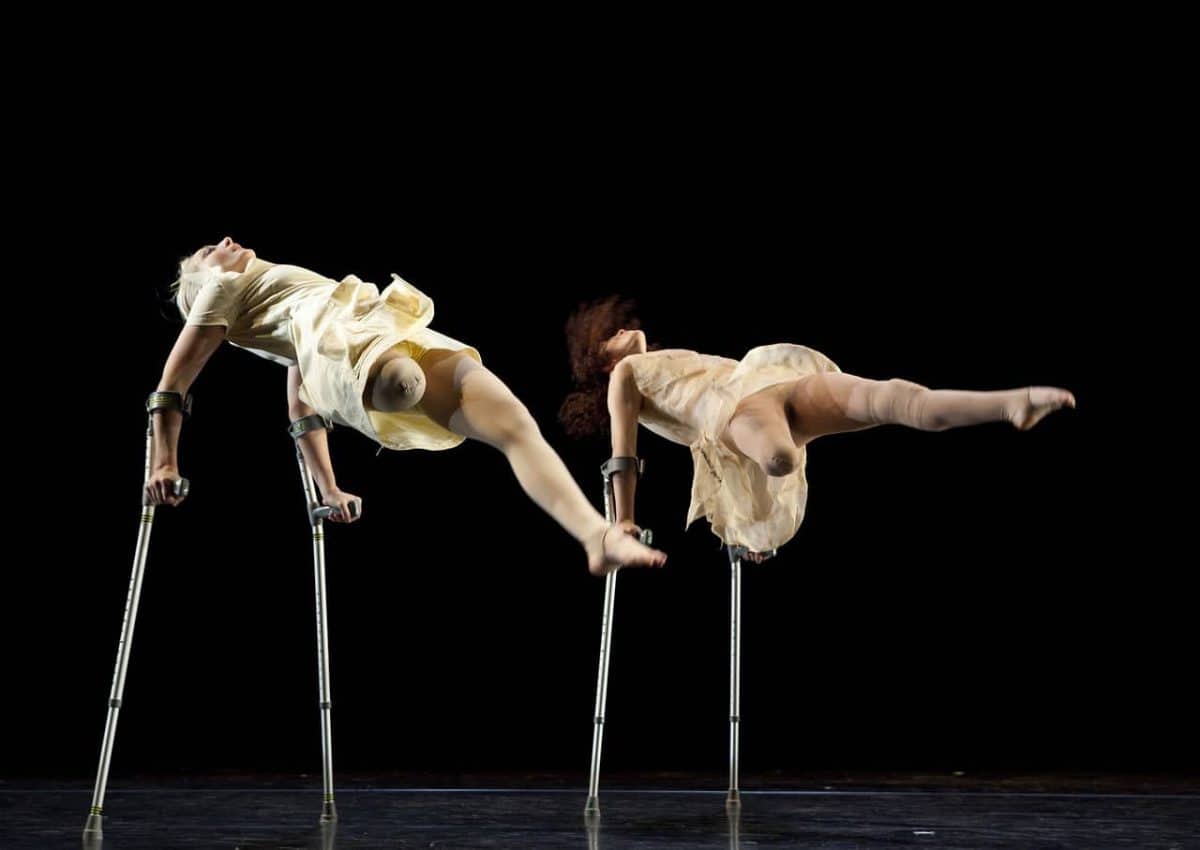
In 1982, the UN, specifically UNESCO, established April 29 as the International Dance Day. Many initiatives have been taken to promote this art, which can also be nucleoside and a wonderful tool for inclusion. We want to talk to you about this today, about the inclusive dance.
We explain what inclusive dance consists of, its benefits, both for children with special abilities who practice it, and for their peers, who find a standardization in sharing this love for dance.
What is inclusive dance and its advantages?

Everyone can dance. Even children with profound paralysis can feel the music vibration and the benefits that it causes, even if they cannot move. In general, all children can move or be carried away by music.
La mission of inclusive dance, which may or may not be considered as therapy, consists of dissolve barriers and connecting people with and without disabilities through movement. Inclusive dance pursues a social transformation in response to the difficulties of inclusion of children with disabilities, whether physical, sensory and / or intellectual.
In dance, anyone can find a place of integration, affection, respect, joy, solidarity, communication, belonging and acceptance.
Dance has important benefits at a general level in the children's body, it strengthens it, favors blood circulation and coordination, makes it more flexible, corrects bad postures ... and to all this, the emotional benefits are added, since it strengthens the Self esteem. All boys and girls have the right to do so.
Benefits for children with special abilities

A broad spectrum of children with Special capabilities they can practice inclusive dance. Children with visual and hearing difficulties, with autism, cerebral palsy, in wheelchairs, among many others. It is also considered very beneficial in cancer recovery processes.
As we have commented, dance improves motor skills, coordination, memory, language, enhances creativity. And he does it from enjoyment. For this reason, in this case it can be considered as part of a more global adaptation and integration therapy. In schools, inclusive dance is practiced as a development tool in all classes, whether there are children with special abilities or not. If there are not, the teacher blindfolds some students, or suggests that they dance without getting up from the chair.
In general, professionals with inclusive dance groups are trained for this. There are many methodological works, and there is the adaptation that each one makes to the group, to contribute to the psychomotor and emotional development of the children who participate.
And don't think it's just a hobby, nowadays there are professionals With "disabilities" who have demonstrated their ample ability to dance in dance companies, Helliot is the example of a professional dancer with Down Syndrome who has danced not only in Spain but also in Europe.
Inclusive dance for spectators

Going with our children to a show in which "another type" of dancers dance opens our minds. It helps us to normalize, regardless of sex, age, physical complexion or condition of mental or physical disability the integration.
These shows not only help children who perform, but also help us to see diversity as an opportunity for group and personal growth. They empower us with an optimistic and playful vision of life, creative, understanding that there are different solutions to problems.
Inclusive dance projects at a global level involve sensitize to society about the space that artists can and should have who, with effort and talent, are capable of interpreting and communicating on stage. We have to banish from the minds of our children, whether or not they have different abilities, that having a disabled body is having a limited body.